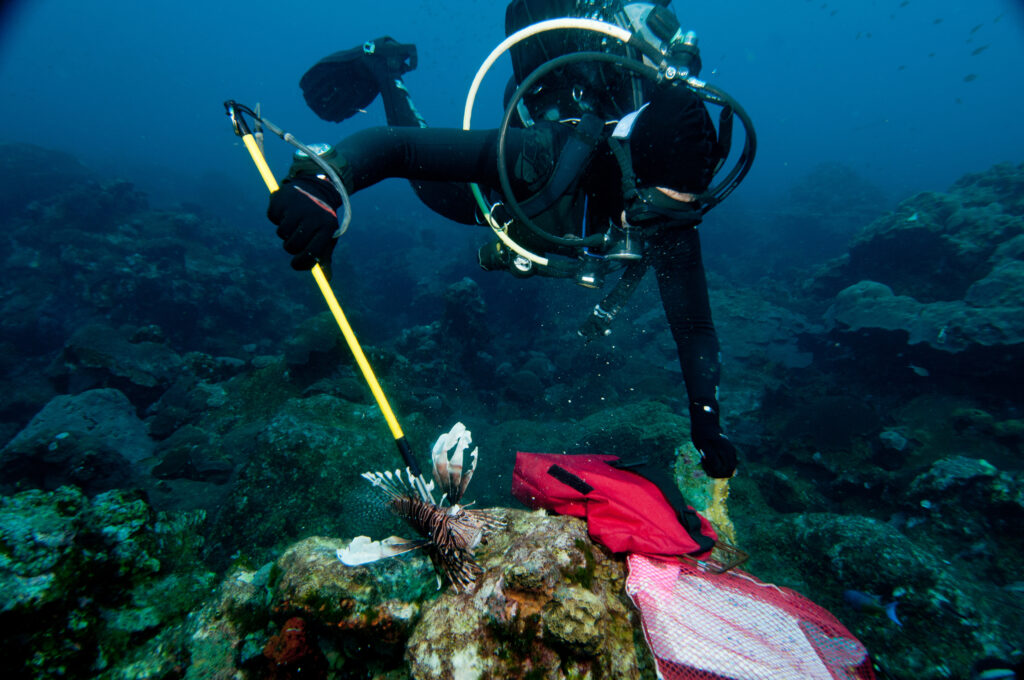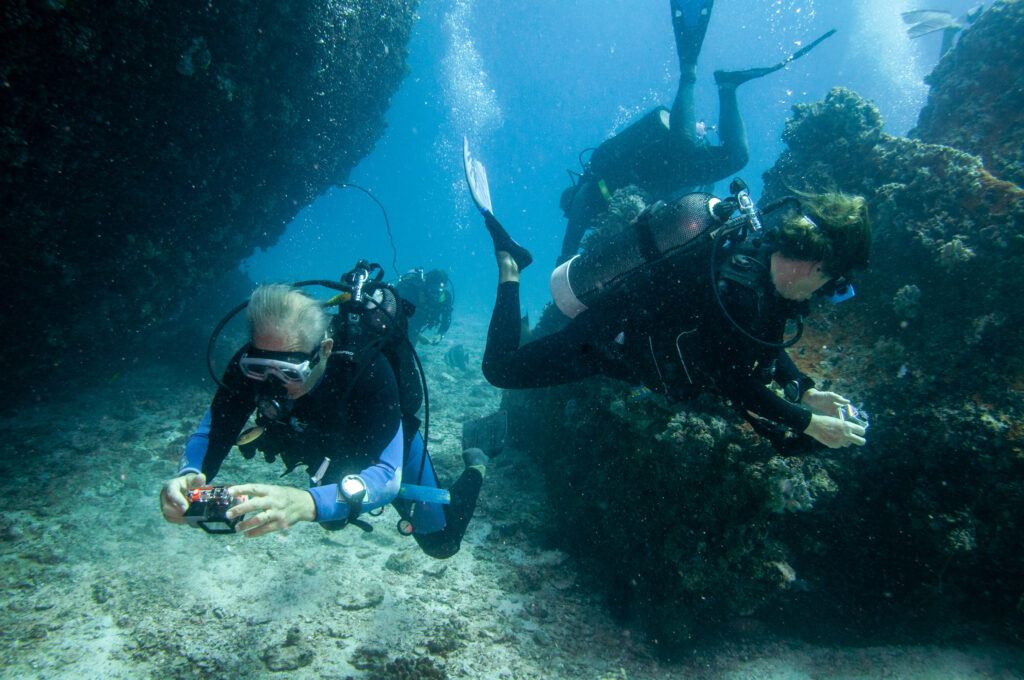What is an Octopus Regulator?

The octopus regulator is an essential piece of scuba diving equipment, designed to provide an alternative air source in the event of an emergency. This spare demand valve is connected to the first stage of a diving regulator, ensuring that divers can continue to breathe even if their primary regulator fails.
What is Octopus Breathing?

Octopus breathing is a critical concept in scuba diving that refers to the use of a secondary breathing apparatus, known as an “octopus,” which allows divers to share air in emergency situations. This technique is an integral part of dive safety protocols, providing a reliable method for a diver to offer their breathing gas to a buddy who may have run out of air or encountered a malfunction with their primary regulator. The octopus system is designed to be easily accessible, typically color-coded, and positioned within reach to ensure quick deployment when needed.
What is “Out of Air”?

In the context of scuba diving, “out of air” refers to a situation where a diver has depleted their air supply, presenting a critical emergency. This term underscores the paramount importance of air management for diver safety. Proper planning, vigilance, and awareness are essential to prevent such incidents, as running out of air underwater can lead to severe consequences, including drowning. Understanding the factors that contribute to air depletion and the measures to prevent and handle such emergencies is crucial for every diver.
What is Buddy Breathing?

What is Buddy Breathing? Buddy breathing is a vital emergency procedure in scuba diving that involves the sharing of a single air supply by two or more divers when one diver’s air supply is exhausted or unavailable due to equipment malfunction. This life-saving technique is an essential component of scuba diving training and serves as […]
What is Ascent when Diving?

Ascent refers to the upward movement a diver makes as they transition from being submerged underwater to reaching the surface. This process is an essential phase in scuba diving, directly impacting the safety and health of the diver. Ascent is not necessarily a straightforward or continuous journey from depth to the surface; it may require planned pauses, known as decompression stops, to help the body adjust to pressure changes and avoid decompression sickness, a condition commonly called “the bends.” In scuba diving, a controlled and deliberate ascent is crucial to maintaining well-being, preventing injuries, and ensuring a safe return to the surface. This article will explore the importance of ascent, its stages, best practices, and the potential risks divers face during this critical part of the dive.
